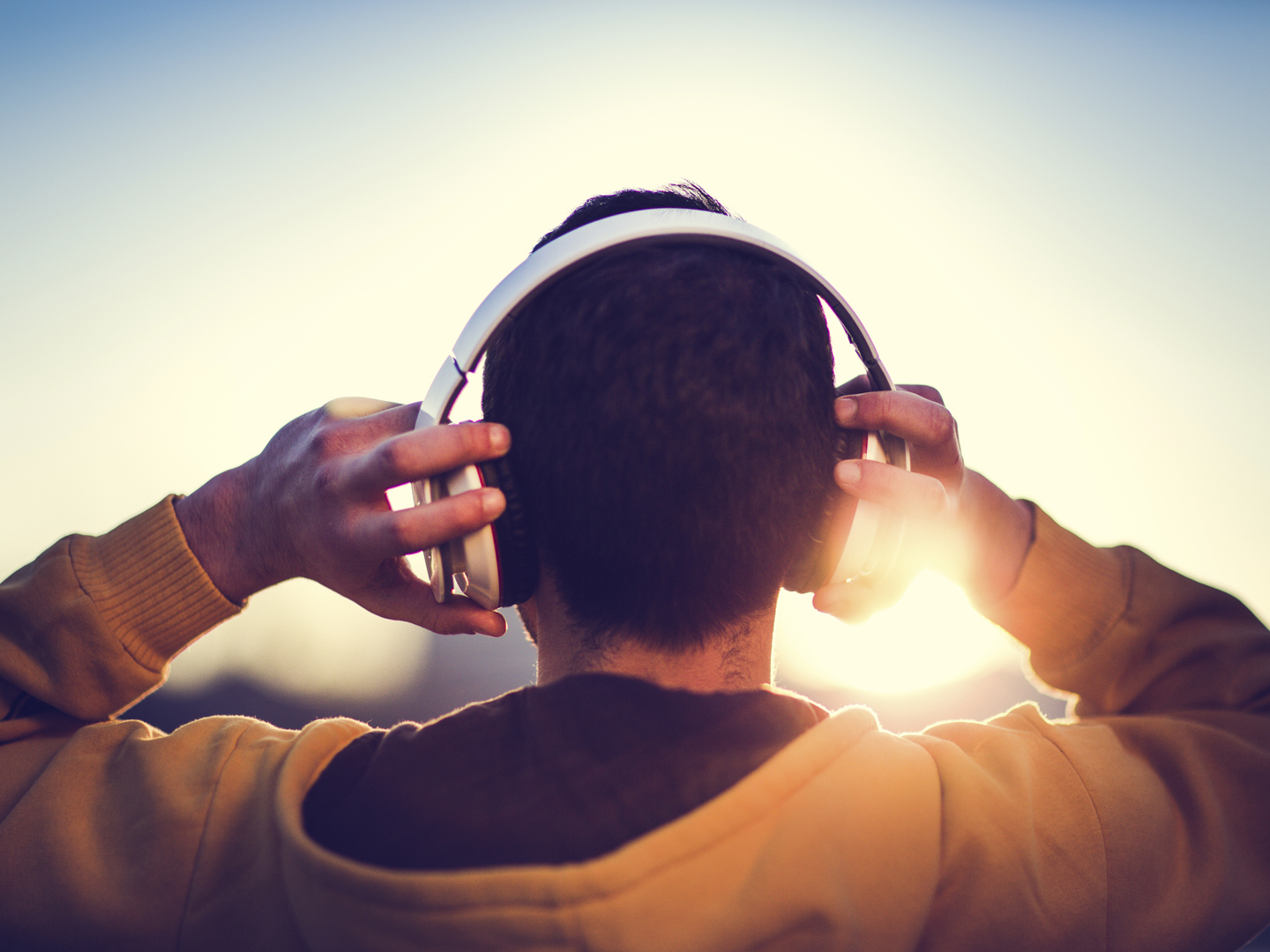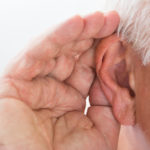Can Noise Cause Permanent Pain?
I have a friend who complains of excruciating pain in her ears that she traces to a rock concert she attended a year ago. I realize that over time constant noise can damage hearing, but I never heard it could lead to long-term ear pain. Is this possible?
Andrew Weil, M.D. | March 5, 2015

Yes, it is possible for noise to damage the ears in a way that leads to severe pain from that event onward, even in response to ordinary sounds such as normal conversation, running water, the hum of a refrigerator, the ringing of a telephone or simply shuffling papers. According to the American Academy of Otolaryngology – Head and Neck Surgery (AAO-HNS), the condition, known as hyperacusis, amplifies all sounds and can make it particularly troublesome to tolerate high frequencies. Hyperacusis can occur with or without pain.
Unfortunately, little is known about this disorder. Although we recognize that over time, loud or repetitive noises can damage sensory cells and nerve fibers in the inner ear, this damage tends to worsen hearing but isn’t painful. Experts have suggested that those who do experience pain upon hearing ordinary sounds may be genetically predisposed to the problem.
Hyperacusis is distinct from another unusual hearing disorder called “recruitment,” in which loud noises are uncomfortably magnified among individuals who have had some hearing loss. Imagine shouting to get the attention of someone with diminished hearing – with recruitment, your shout sounds much too loud even though the individual couldn’t hear you speaking normally or with lesser increases in the volume of your voice. With hyperacusis, all sounds are too loud, sometimes painfully so.
Individuals with severe hyperacusis can find it difficult, if not impossible, to function in an everyday environment with all its ambient noise. As a result, it can contribute to social isolation, phonophobia (fear of normal sounds), and depression. Fortunately, hyperacusis is rare, affecting an estimated one in 50,000 individuals. It can occur in one or both ears. In addition to exposure to loud sounds, the causes of this disorder can include head injury, ear damage from toxins or medication, Lyme disease, trauma from air bag deployment, viral infections involving the inner ear or facial nerve (Bell’s palsy) or temporomandibular joint (TMJ) syndrome.
People with hyperacusis may also have tinnitus, the “ringing-in-the-ears” condition that affects nearly 36 million Americans. The AAO-HNS estimates that one of every thousand persons with tinnitus also has hyperacusis.
Unfortunately, there’s no specific treatment for this condition, although sound therapy may help by retraining the brain’s auditory processing center to accept ordinary sounds. This can take up to a year and, according to the AAO-HNS, usually improves sound tolerance. I’ve read, however, that it is most successful for mild cases. Individuals with severe hyperacusis can use soundproof ear protectors and, in general, employ as much soundproofing of their home and work environments as possible.
Andrew Weil, M.D.
Source:
Richard S. Tyler et al, ???A Review of Hyperacusis and Future Directions: Part I. Definitions and Manifestations,??? American Journal of Audiology, doi:10.1044/2014_AJA-13-0037








